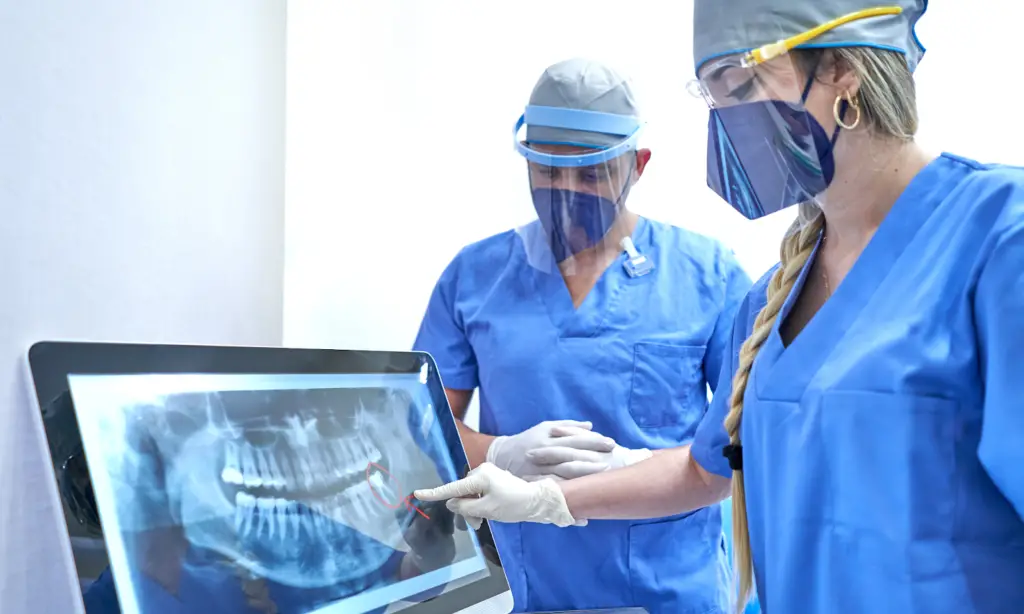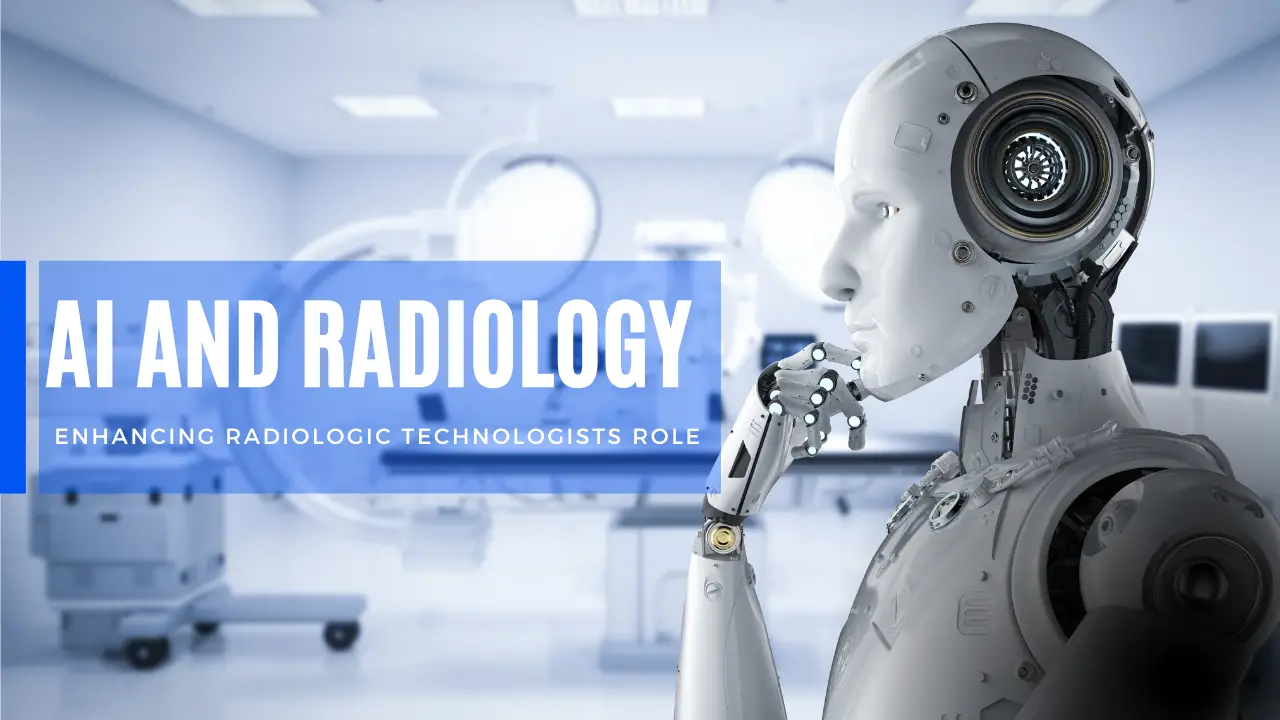The importance of AI in radiology in healthcare is undeniable. As radiologic technologists provide crucial diagnostic imaging services, they lay the foundation for accurate diagnoses and comprehensive patient care.
However, the advent of artificial intelligence (AI) may raise concerns about its impact on this profession. Understanding how AI can be a valuable partner rather than a threat to radiologic technologists is crucial, offering opportunities for improved patient care.
AI in Radiology for Image Analysis and Interpretation
AI is powerful in analyzing large datasets and identifying patterns. This strength significantly benefits radiologic technologists. AI software helps in detecting abnormalities in diagnostic images and flags potential concerns. It further aids technologists in their diagnostic evaluations.
With AI as a partner, radiologic technologists can deliver diagnoses with enhanced accuracy and efficiency. AI provides an additional layer of analysis, leading to improved detection and diagnosis of medical conditions.
Automation of Repetitive Tasks
Routine tasks such as image preprocessing, measurement, and documentation often consume a significant portion of a technologist’s time. AI comes to the rescue here, automating these tasks and freeing technologists to focus on complex aspects of their work.
By delegating these tasks to AI, technologists can focus on patient care, optimizing imaging protocols, and ensuring patient comfort. This shift paves the way for a more personalized patient interaction, enriching the patient experience.
However, the advent of artificial intelligence (AI) may raise concerns about its impact on this profession. Understanding how AI can be a valuable partner rather than a threat to radiologic technologists is crucial, offering opportunities for improved patient care.
Streamlining Workflow Efficiency
AI can also streamline workflow efficiency. AI software prioritizes imaging studies based on urgency, thus highlighting critical cases that need immediate attention. This helps technologists manage their workload effectively, reducing turnaround times and enhancing patient care.
Moreover, AI can optimize imaging parameters, minimizing the need for manual adjustments and ensuring optimal image quality.
Continuous Learning and Professional Growth
The integration of AI in radiology presents an opportunity for continuous learning and professional growth. Radiologic technologists can acquire new skills related to AI implementation, data analysis, and collaboration with AI systems.
Embracing AI allows technologists to stay at the cutting edge of their profession, continually gaining new knowledge and expertise. This continuous learning will ensure that they remain crucial members of the healthcare team.
Patient-Centered Care and Communication
While AI significantly improves efficiency and accuracy, it can’t replace the human touch in healthcare. Radiologic technologists are integral to patient-centered care, providing comfort, reassurance, and clear communication throughout imaging.
AI, in conjunction with the empathetic interaction of technologists, can significantly contribute to a positive patient experience.

Conclusion
AI in radiology should be viewed as an ally, not an adversary, to radiologic technologists. It augments their capabilities and enhances their role in patient care. AI collaboration ensures improved diagnostic accuracy, efficient workflows, and elevated patient care.
By embracing AI, radiologic technologists can use it to deliver even better healthcare outcomes, further cementing their valuable place in the field of radiology.


